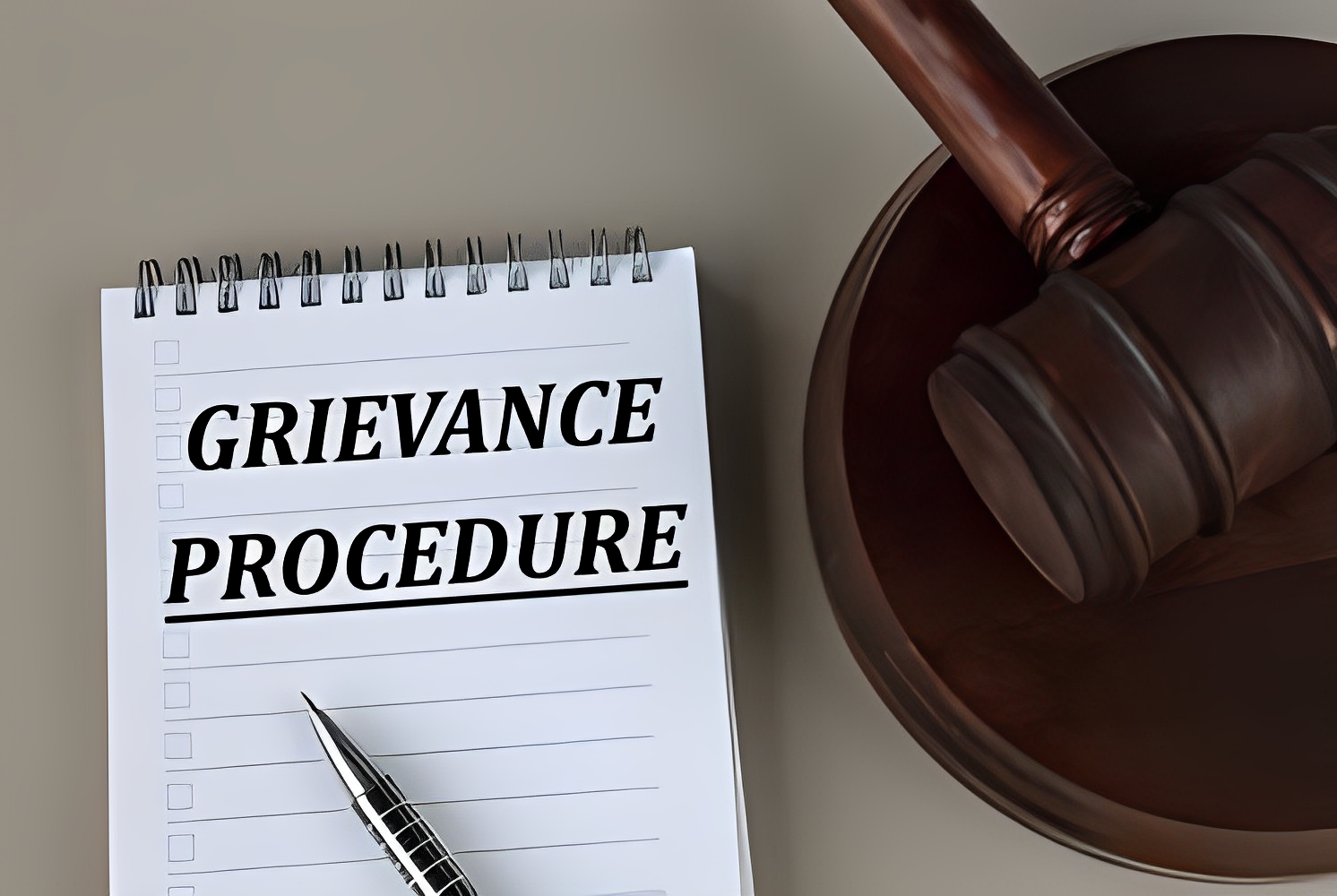In today’s digital age, efficient grievance redressal mechanisms are crucial for ensuring citizen satisfaction and building trust in government institutions. Recognizing this, the Indian state of Maharashtra implemented the Maharashtra Integrated Grievance Redressal System (IGR) in 2015. This comprehensive system aimed to streamline the grievance redressal process, making it accessible, transparent, and accountable for all citizens.
What is the Maharashtra IGR?
The Maharashtra IGR is a single-window platform for registering and tracking grievances related to various government departments and agencies. Citizens can lodge complaints through multiple channels, including:
- Online portal: https://grievances.maharashtra.gov.in/en
- Mobile app: “Mahafala Mitra” app available on Android and iOS
- Toll-free helpline: 1800-222-001
- Grievance Redressal Centres (GRCs): Physically located in government offices across the state
Key Features of the Maharashtra IGR:
- Centralized registration and tracking: All grievances registered through any channel are directed to the IGR platform, ensuring centralized monitoring and tracking.
- Departmental routing: Complaints are automatically routed to the relevant department or agency for prompt action.
- Time-bound grievance redressal: Each complaint has a designated timeframe for resolution, depending on its complexity.
- Status updates: Citizens receive regular updates on the progress of their complaint via SMS, email, and the online portal.
- Multi-lingual support: The IGR platform and grievance channels are available in English, Marathi, and Hindi, catering to the diverse linguistic needs of the state.
- Feedback mechanism: Citizens can provide feedback on their grievance redressal experience, helping to improve the system’s effectiveness.
Benefits of the Maharashtra IGR:
- Improved accessibility: The IGR provides citizens with convenient and easy-to-use channels for lodging their grievances.
- Enhanced transparency: The online platform allows citizens to track the progress of their complaints and access relevant information.
- Faster grievance redressal: The centralized system and time-bound process ensure quicker resolution of complaints.
- Increased accountability: Government departments are held accountable for addressing grievances within the stipulated timeframe.
- Citizen empowerment: The IGR empowers citizens to actively participate in improving public service delivery.
Challenges and Future Scope:
Despite its success, the Maharashtra IGR faces certain challenges, such as:
- Awareness: Creating awareness about the IGR platform and its functionalities among all citizens, especially in rural areas.
- Capacity building: Equipping government officials with the necessary skills and knowledge to handle grievances effectively.
- Integration with other systems: Seamless integration of the IGR with other government databases for faster verification and information retrieval.
The Maharashtra government is continuously working to address these challenges and improve the IGR’s effectiveness. Plans include increased outreach programs, capacity building initiatives for officials, and further integration with other government systems.
Beyond the Basics:
While the introduction provides a good overview of the Maharashtra IGR, let’s delve deeper into its intricacies:
- Types of Grievances Handled: The IGR handles a wide range of grievances, encompassing various government departments like Public Works Department, Revenue Department, Police Department, Education Department, and more. Citizens can raise issues related to land records, ration cards, police inaction, educational facilities, healthcare services, and other public services.
- Dispute Resolution Mechanism: The IGR employs a multi-layered dispute resolution mechanism. For simple grievances, departmental officers directly address the issue. For complex cases, Grievance Redressal Committees (GRCs) intervene, mediating between citizens and departments. In extreme cases, appellate authorities like the Divisional Commissioner or the Chief Secretary step in.
- Technology at the Forefront: The IGR leverages technology extensively. The online portal serves as the central hub, allowing grievance registration, tracking, and communication. Additionally, mobile apps like “Mahafala Mitra” provide on-the-go access to the system. Moreover, SMS and email updates keep citizens informed about the progress of their grievances.
Success Stories of the IGR:
The IGR has empowered citizens and yielded positive outcomes in numerous cases. Here are some noteworthy examples:
- Expedited Passport Issuance: A citizen in Mumbai used the IGR to file a complaint regarding the delay in his passport issuance. The grievance was promptly addressed, and the passport was issued within the stipulated timeframe.
- Action against Police Inaction: A farmer in rural Maharashtra filed a grievance through the IGR alleging police inaction in a theft case. The GRC intervened, and the police initiated prompt action, leading to the recovery of stolen property.
- Improved Healthcare Facilities: A village community in Aurangabad district used the IGR to highlight the lack of proper healthcare facilities. The grievance led to the deployment of a mobile medical unit, addressing the immediate need and prompting plans for a permanent healthcare center.
Challenges and the Road Ahead:
Despite its successes, the IGR faces challenges:
- Digital Divide: Bridging the digital divide in rural areas is crucial for ensuring wider accessibility to the IGR.
- Capacity Building: Training government officials on grievance redressal procedures and effective communication with citizens is essential.
- Resource Constraints: Adequate manpower and infrastructure are needed to handle the ever-increasing volume of grievances.
The Maharashtra government is actively addressing these challenges through:
- Promoting digital literacy programs in rural areas.
- Imparting training to officials on grievance redressal mechanisms.
- Upgrading the IGR platform and grievance channels.
- Allocating additional resources for the IGR system.
Conclusion:
The Maharashtra IGR stands as a testament to the state’s commitment to citizen-centric governance. It has revolutionized the way grievances are addressed, making the process more accessible, transparent, and accountable. By addressing the existing challenges and continuously innovating, the Maharashtra IGR is well-positioned to become a model for grievance redressal systems across India.
Sources:
- https://grievances.maharashtra.gov.in/en
- https://www.staffnews.in/2022/07/strengthening-of-machinery-for-redressal-of-public-grievance.html
- https://dgps.maharashtra.gov.in/
Wills: Demystifying the Importance and Legalities of Will Documentation in India 2024




